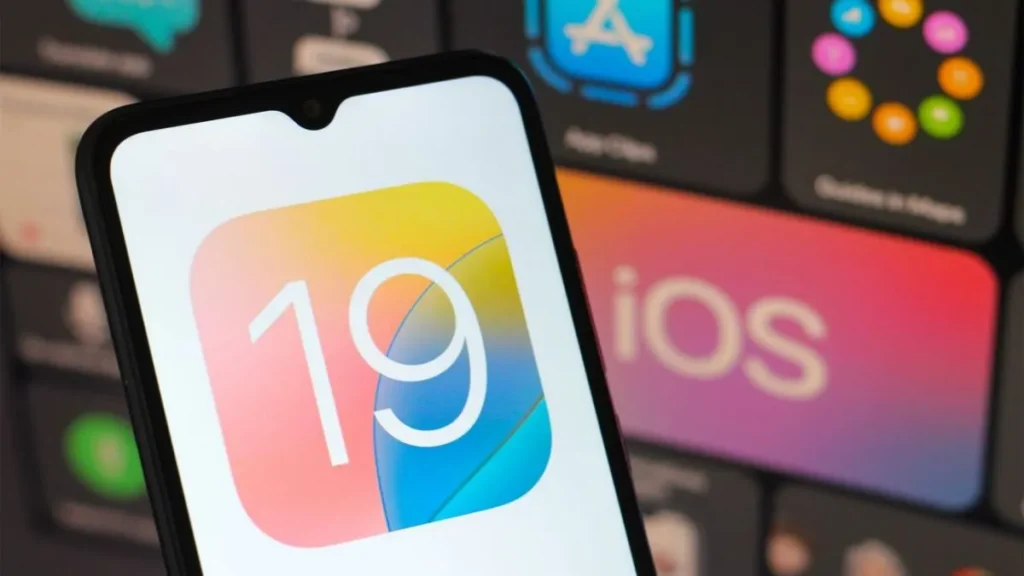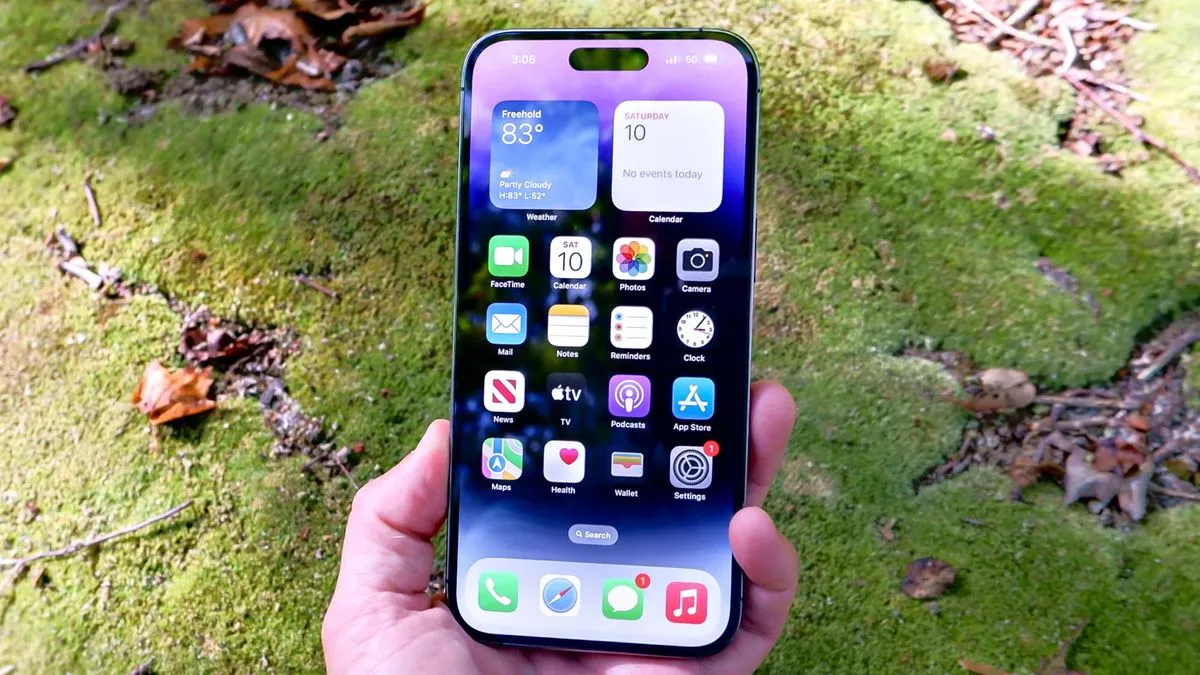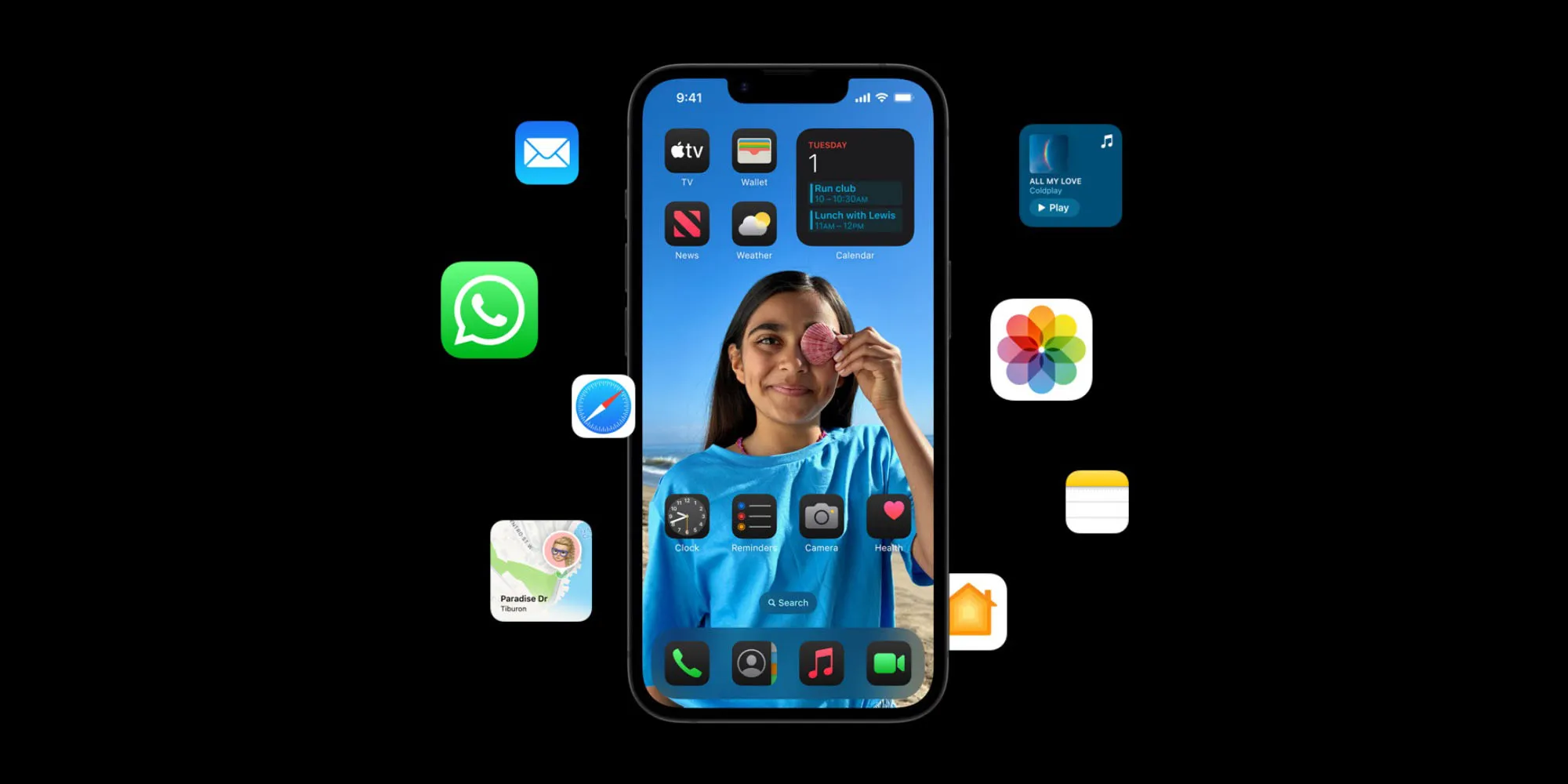
In the ever-evolving landscape of mobile operating systems, Apple is poised to take a significant leap with its upcoming iOS 19. According to recent insights shared by Mark Gurman in his Power On newsletter, Apple’s leadership has set three ambitious objectives for the redesign of iOS 19, which are expected to resonate well with both current users and tech enthusiasts. These goals aim to simplify user interaction, enhance navigation speed, and ease the learning curve for new users, setting a new benchmark for user-friendly design.

Vision for the Future: iOS 19 and Beyond
Apple’s strategy for iOS 19 does not stop at mere aesthetic enhancements or incremental updates. The redesign is fundamentally aimed at transforming the user experience to be more intuitive and efficient. This initiative is part of a broader overhaul that includes updates to macOS 16 and iPadOS 19, suggesting a unified approach to software design across Apple’s ecosystem.
The objectives laid out by Apple executives are clear and precise:
- Simplify the user interface to make the systems more accessible.
- Speed up navigation to enhance user efficiency.
- Streamline the learning process for new features and functionalities.
Moreover, Apple plans to prepare its operating systems for future hardware innovations, including foldable devices and touchscreen Macs. This forward-thinking approach also involves adapting to a new era where artificial intelligence plays a central role, moving away from traditional app-centric interactions.
Challenges and Innovations
Despite the simplicity of its goals, achieving them is no small feat. Apple’s previous updates, like the iOS 18 Photos redesign, illustrate the complexities involved in simplifying user interfaces. The transition from a tab bar to a single-page scrolling interface, while modern and sleek, initially confused many users accustomed to the old layout.
Furthermore, the introduction of extensive customization options in iOS 18, aimed at personalizing the user experience, paradoxically made the system harder to learn for some. While tech-savvy users relish these features, a significant portion of Apple’s user base prefers sticking with default settings for their simplicity.

The Path to Simplicity
As Apple’s software becomes increasingly capable, managing complexity becomes a critical challenge. The diverse functionalities now offered by iPhones necessitate a design that can accommodate both power users and those new to Apple’s ecosystem. The upcoming iOS 19 aims to bridge this gap by focusing on a more unified and intuitive user experience across all devices, including iPhones, iPads, and Macs.
This redesign could represent a pivotal reset for Apple, aligning all its devices under a common design philosophy that emphasizes ease of use without sacrificing functionality. The expected integration of AI and readiness for new hardware types further highlights Apple’s commitment to innovation and its anticipation of future tech trends.
Looking Ahead
While the vision for iOS 19 is clearly outlined, the tech community and Apple enthusiasts are eagerly awaiting the World Wide Developers Conference (WWDC) in June, where the new OS will be officially unveiled. This event will provide a first look at the redesigned iOS 19 and offer insights into how Apple plans to achieve its lofty goals.

In conclusion, iOS 19 represents more than just an update; it is a significant step forward in Apple’s quest to refine and redefine the user experience. By focusing on simplicity, speed, and ease of learning, Apple is not just keeping up with technological trends but is setting the pace for the future of mobile operating systems.
